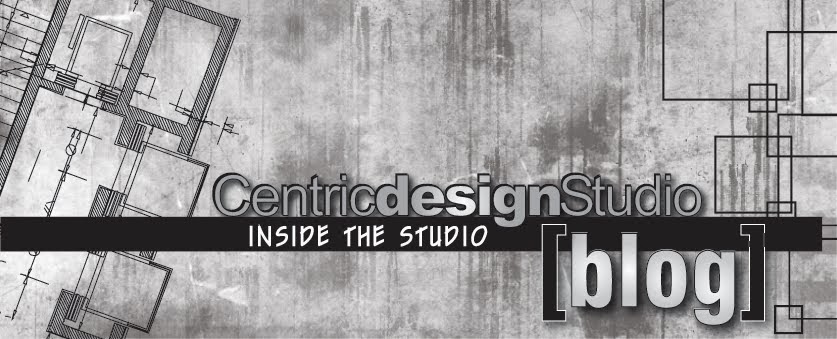On June 4, Nakita Reed, an architect with Encore Sustainable Design, and Mark James, a developer with Urban Green, gave a webinar discussing how to receive sustainable funding for an architecture project. As an architect,
it is imperative to know at what point funding will cease before getting
underway. In many cases, a project will only have enough
funding to reach the creation of construction documents and not proceed any
further. Also, an architect should know the different avenues he/she can help the project receive funding through, and there are four main sources: (1) historic tax
credits, (2) grants, (3) rebates, and (4) C-PACE. The extent of any architectural project is completely dependent on the extent of funding dedicated to that project.
Historic tax credits can provide a significant amount of
funding for a project. The program promotes for the rehabilitation of buildings
that are determined by the Secretary of the Interior, through the National Park
Service, to be "certified historic structures (CHS)." If a building
is declared as a CHS, a 20% income tax credit is available for its
rehabilitation from the federal government. However, many states also offer
state and local historic tax credits up to 20% as well, meaning that a CHS
rehabilitation project in one of these states offering these programs could
receive up to 60% funding for the project, 20% coming from each level (federal,
local, state).
Grants, rebates, and C-PACE are other supplemental forms of
funding that can help further proceed a project. Grants for sustainable design
can be found from sources such as DSIRE, Foundation Center, and Reconnecting
America, yet they can take a substantial amount of time to receive and possibly
set back any target dates. Rebates tend to be fairly minute individually, but
many rebates can add up to provide a good chunk of money towards the project.
The architect, however, must provide the money up front and then receive the
rebate money after the fact, which may not be possible in some cases. Finally
C-PACE (Commercial Property Assessed Clean Energy) is a growing company through
Connecticut Green Bank that provides financing solutions that allows for green
energy upgrades to be paid for over time. As C-PACE expands, it can provide a
very viable solution for the implementation of sustainable design on a larger
scale.
There are a few strategies an architect can use to increase
his/her chances of receiving green money. Keeping in mind the fact that most
funds come after project completion as a rebate, the architect must show a
measurable impact from the sustainable upgrades that were implemented to
receive any funding. The architect should also have a green outcome strategy,
coupled with a design for that strategy, and furthermore share this strategy with funders
and stakeholders who can evaluate
and see a significant impact resulting from the green technologies. Finally, the architect should be able to explain how green investments from these different parties can produce the expected outcomes that have been stated.
and see a significant impact resulting from the green technologies. Finally, the architect should be able to explain how green investments from these different parties can produce the expected outcomes that have been stated.
In summary, funding for green design is becoming ever more prevalent as
society moves towards a sustainable future. Many more sources are becoming
accessible for architects, owners, and contractors in order to proceed with their
projects, but the burden is placed on these groups to sort through the
different options. Sustainable funding will always be in supplement to other
sources of funding, but it can very well provide the extra necessary finances
to move a project along on its course to completion.













